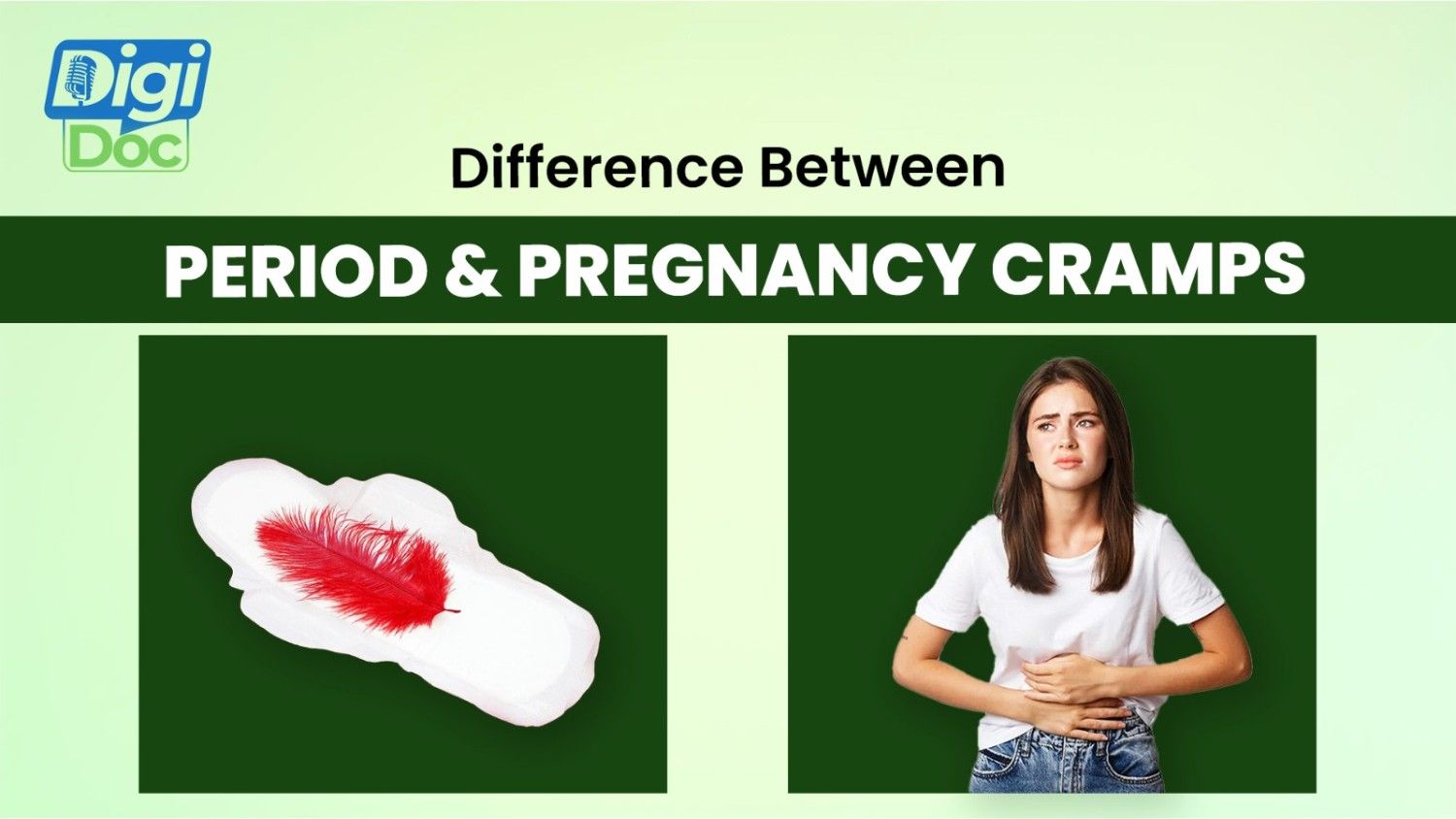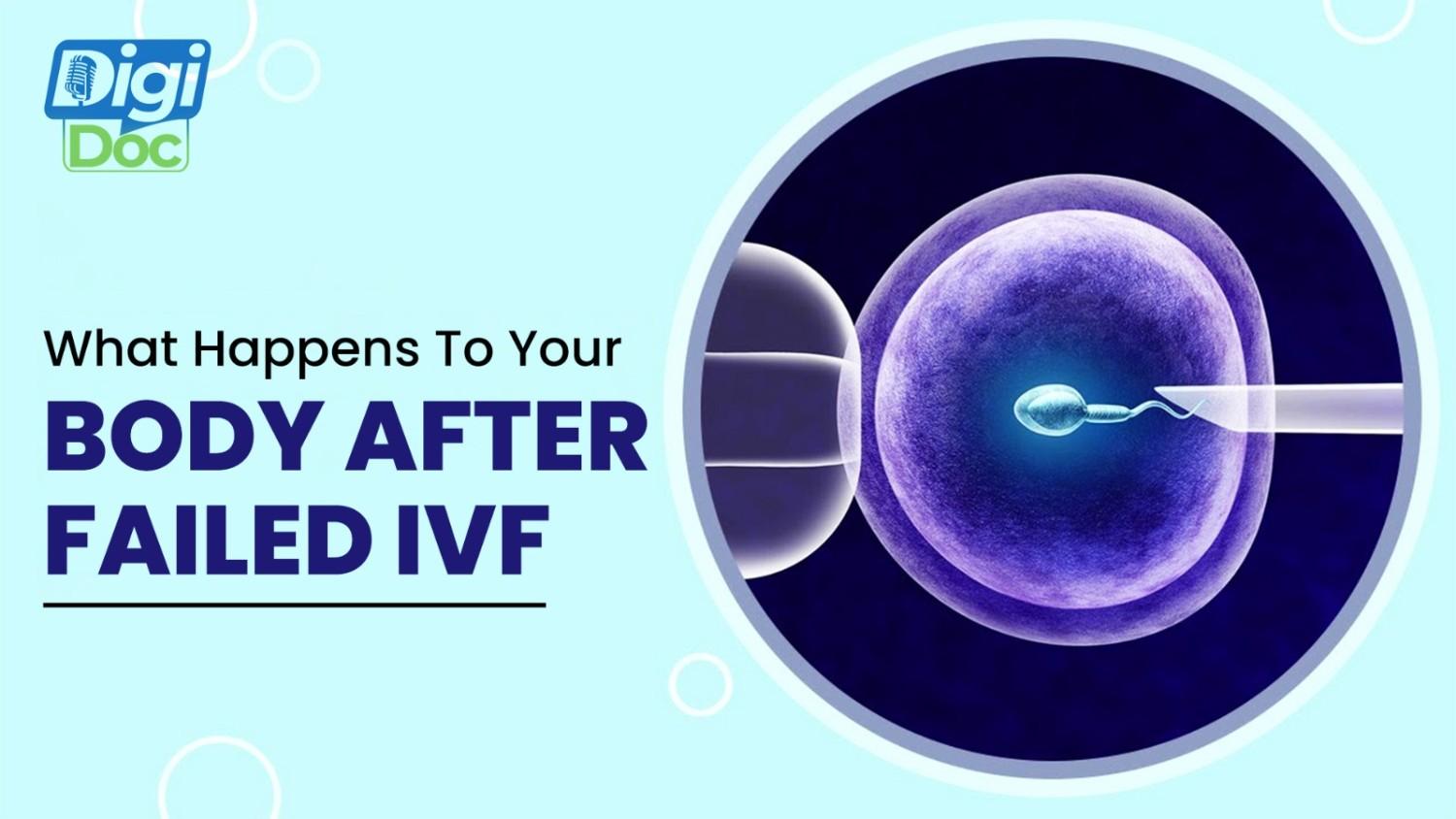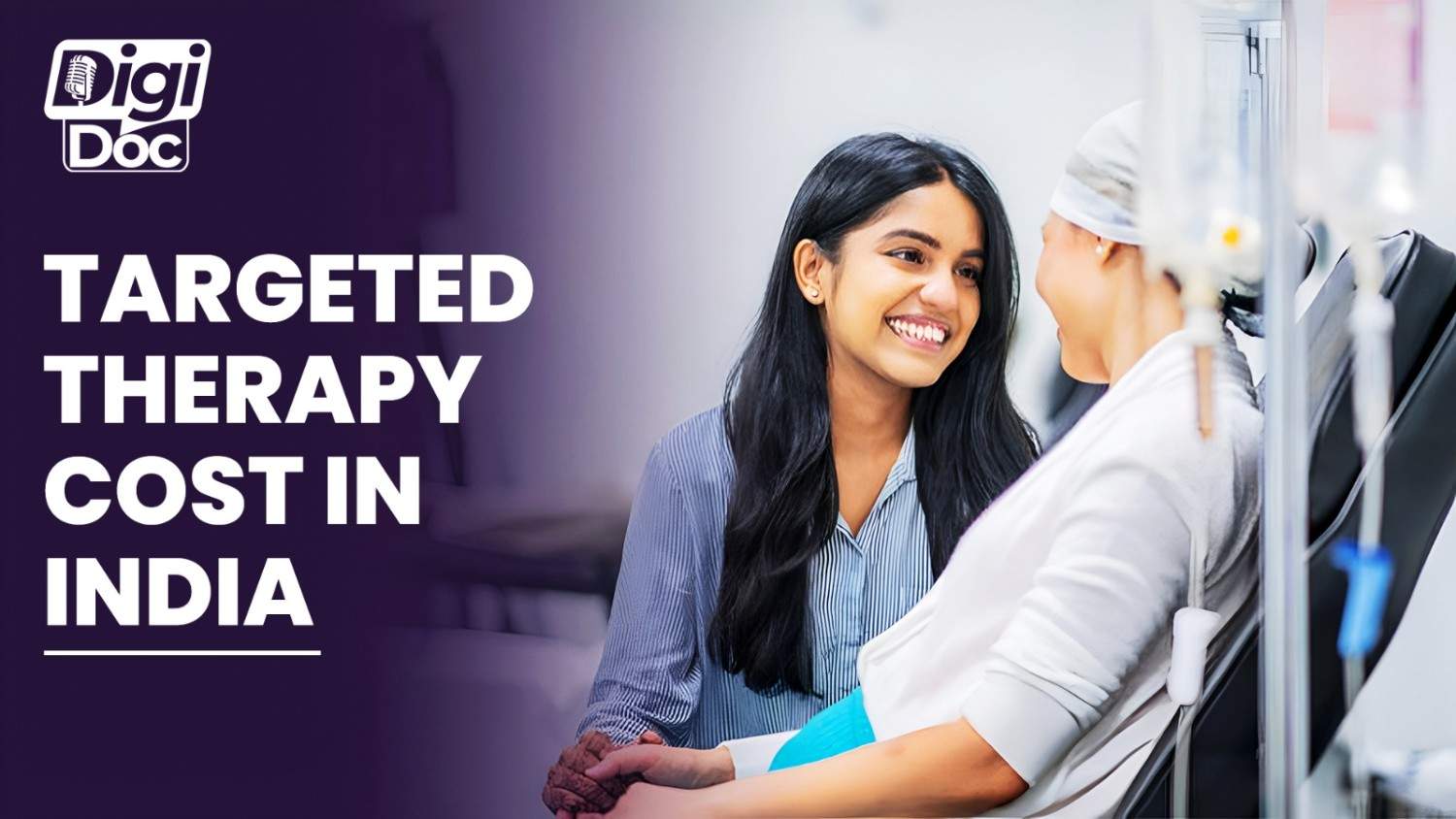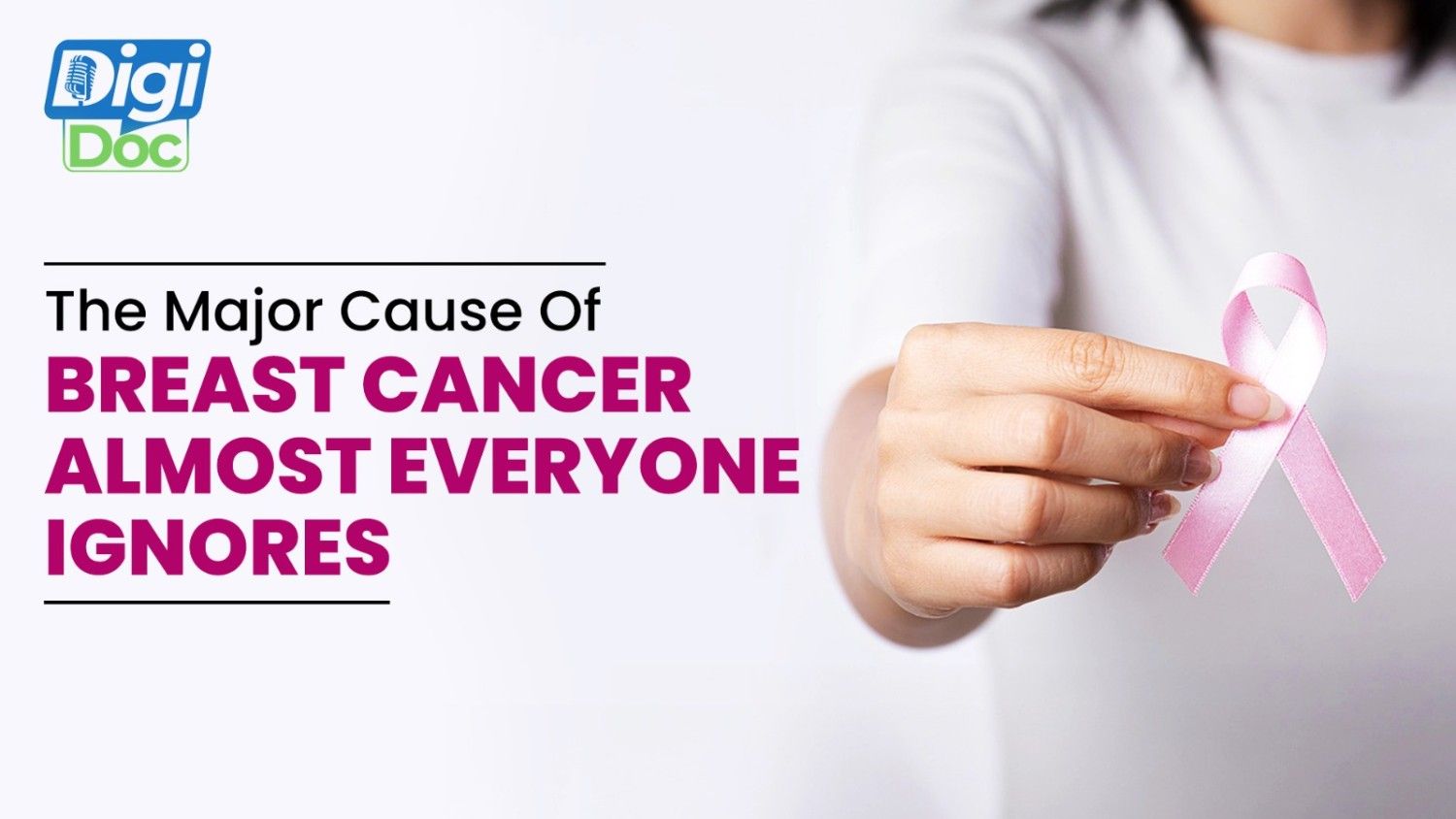Introduction
Cramps are a common occurrence during the menstrual cycle, but they can also be an early symptom of pregnancy. For women who are trying to conceive, or simply for those with changes occurring in their body, a common question is, Are these period cramps or pregnancy cramps? It is common to have both kinds of cramps feel similar, but there might be signs that can help you tell one from the other.
So let’s break down these differences now and the implications for your body.
What Are Period Cramps?
Menstrual cramps, or period cramps, are pain that occurs when the uterus contracts to go through shedding its lining during menstruation. These cramps:
- Usually happens 1-2 days before you get your period
- They are felt in the lower abdomen, in the lower back, and maybe even in the thighs.
- May be mild to severe
- Lasts for 2-3 days or the whole duration of the period
- Usually have symptoms that go along with them, like bloating, tiredness, and mood swings
Period cramps are a normal part of the menstrual cycle, and every person has their own experience.
Must Read: Very Early Signs of Pregnancy 1 Week
What Are Pregnancy Cramps?
Pregnancy cramps are a result of your body’s adaptations to pregnancy. The body commonly experiences pregnancy cramps during the early stages of the embedded uterus due to the following:
- Implantation of the fertilized egg
- Stretching or expanding of the uterus
- Hormonal changes begin to occur.
- These cramps that arise tend to be:
- Mild to moderate
- Appraised as tugging, pulling, and/or stretching
- Localized in the lower abdomen or lower back
Unlike menstrual cramps, which can start 6 to 12 days after ovulation, bleeding typically resolves quickly and is much less severe than menstrual cramps.
Period vs Pregnancy Cramps: Key Differences
| Feature | Period Cramps | Pregnancy Cramps |
| Timing | 1–2 days before the period starts | 6–12 days after ovulation (pre-period) |
| Intensity | Mild to severe | Mild to moderate |
| Type of Pain | Crampy, throbbing | Dull, pulling, or stretching sensation |
| Duration | 2–3 days or longer | A few hours to 1–2 days |
| Location | Lower abdomen, back, thighs | Lower abdomen or lower back |
| Other Symptoms | Bloating, mood swings, breast pain | Spotting, fatigue, tender breasts, nausea |
Implantation Cramps Explained
Implantation cramps happen when a fertilized egg attaches to the lining of the uterus, between six and ten days after ovulation. They can be:
- Light and short
- Felt in the lower belly
- Followed by light spotting (pink or brown)
Implantation cramps may be one of the first signs of pregnancy, though not all women experience them.
Must Read: 7 Steps to Getting Pregnant With Blocked Fallopian Tubes?
PMS vs. Early Pregnancy Symptoms
PMS and early pregnancy have many of the same symptoms, but there are slight differences.
- Breast changes: PMS can lead to tenderness, whereas, in the case of early pregnancy, heaviness or tingling is more common.
- Fatigue: Early pregnancy fatigue is universally more intense and sudden than PMS fatigue.
- Mood swings: AIM to include these, but interestingly, mood swings in early pregnancy can be more emotionally heavy or dramatic.
- Spotting: Very rare for PMS but statistically a lot more common in early pregnancy under implantation bleeding.
Food aversions or cravings: Much more common in early pregnancy, especially if you are eating for two!
When to Take a Pregnancy Test
Unfortunately, if your period is ever missed and you take a test, it is recommended to test on the day of the missed period, 10-14 days after ovulation.
To ensure accurate results, it is best to take your test with first-morning urine.
Do not test too early, or you could obtain a false negative or not have enough hCG in your urine to pick up a positive test.
When to See a Doctor
If you have:
- Severe or lingering cramps
- Heavy bleeding or passing large clots
- Fainting, dizziness, or fever
- Cramps that feel different or problematic
You may want to seek medical attention, as these could indicate many issues, such as an ectopic pregnancy or an ovarian cyst, among other things that require medical treatment.
Tips for Managing Cramps
Here are some safe and healthy ways to manage mild cramps, whether due to menstruation or a very early pregnancy:
- Use a warm compress or heating pad on the lower abdomen.
- Drink lots of fluids and cut back on heavy or salty foods.
- Gentle stretching or yoga
- Over-the-counter pain relief (only if you are not pregnant or with your doctor’s permission)
- Rest and limit stress
If you think you are pregnant, do not self-medicate without your doctor’s advice.
Conclusion
Though period and pregnancy cramps might feel similar, there are differences (timing, intensity, signs, etc.) that can help you figure out what’s happening in your body. Once you know what the signs mean, it gives you the power to act accordingly, whether you are prepping for your period or you are excited to see if you might be pregnant.
If you are not sure, grab a pregnancy test or see your doctor.
FAQ
Q: How do you know if your cramps are coming from your period or pregnancy?
A: Think about timing, intensity, and any other signs such as spotting, tiredness, or changes in breast sensitivity. Pregnancy cramps are likely to be less severe and start earlier.
Q: Are pregnancy cramps as bad as period cramps?
Usually not. Pregnancy cramps are often mild and don’t last as long.
Q: Where do you feel pregnancy cramps?
A: Most of it is in the lower abdomen or lower back. Feels like a light pull or stretch.
Q: Can you have cramps before getting a positive pregnancy test?
A: Yes. There can be implantation cramps, which occur before you get a missed period.
Q: How early can you have pregnancy cramps?
A: As early as 6-12 days after ovulation, often before you have a missed period.




